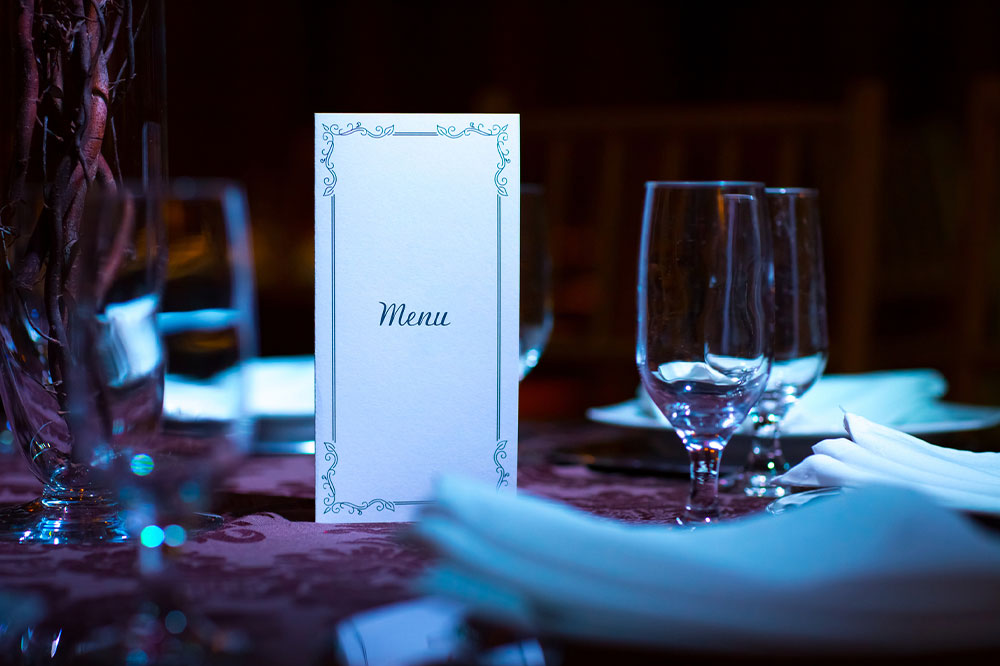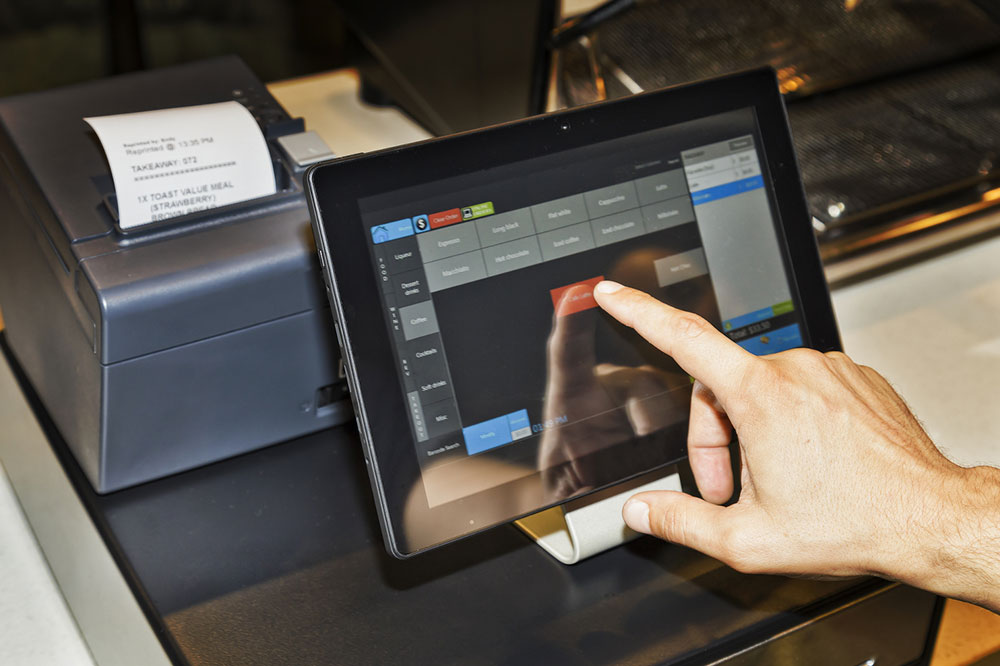Comprehensive Guide to Food Service Styles in the Hospitality Industry
This comprehensive guide explores the diverse food service styles prevalent in the hospitality industry. From elegant waiter-led techniques like silver and gueridon service to efficient self-service and innovative assisted options, understanding these methods helps in selecting the right approach for different venues. The article highlights each style's features, advantages, and ideal contexts, providing valuable insights for hospitality professionals aiming to improve guest satisfaction and operational efficiency. Stay informed about evolving food service trends and enhance your establishment's service standards.

Exploring the Various Food Service Formats in Hospitality
The hospitality industry’s reputation and success depend significantly on the quality of customer service, especially in food and beverage delivery. Food service encompasses a series of activities involved in preparing, presenting, and serving food to guests, with the approach varying depending on the type of establishment and customer expectations. Broadly, these service styles can be categorized into three primary types: waiter-led service, self-service, and assisted service. This comprehensive guide aims to delve into each category, detailing their specific service methods, advantages, challenges, and suitable contexts.
Waiter-Driven Service - Personalized Dining Experience
Waiter-driven service remains a cornerstone of fine dining and upscale hospitality establishments. In this model, trained and professional staff take responsibility for serving food directly to guests, often at their tables or designated venues. The waiter service style emphasizes personalized attention, ensuring that each guest’s preferences are catered to meticulously, creating an elegant and memorable dining experience. This method is typically seen in fine dining restaurants, private events, catering functions, and corporate banquets.
The most common types of waiter services include several distinguished methods tailored to different dining scenarios:
Silver Service: Also known as formal English service, this traditional and highly refined style involves presenting dishes from the left side of the guest using a service spoon and fork. Beverages are served from the right. Silver service emphasizes attention to detail, with servers often plating individual portions directly at the table. This approach provides high levels of hospitality and guest satisfaction but requires a highly trained staff and incurs higher operational costs due to lower efficiency.
American Service: Often referred to as plated service, this method is characterized by pre-portioned dishes that are prepared in the kitchen and served directly from the plate to the guest, usually from the right side. This style is faster and suitable for high-volume settings like banquets and large events. While it offers less personalized interaction, it streamlines operations and reduces labor costs, making it ideal for mainstream dining environments.
Gueridon Service: Named after the small trolley or cart used during the process, gueridon service involves dishes being cooked, flambéed, or garnished close to the guest. It’s often used in fine dining to impress diners with culinary flair. This method showcases the skills of chefs and servers, providing an interactive experience. However, it is slower, having lower seat turnover, and can lead to odors in the dining area, requiring careful management.
Tray Service: Common in hospitality settings like hotel room service, airlines, and hospitals, tray service involves organizing food on trays for easy delivery. It is efficient for serving large numbers of people in specific contexts but offers limited scope for presentation or elaborate display, focusing more on convenience.
Russian Service: An elaborate style of presentation where food is artfully arranged on platters by servers and then carved and served at the table. Though less common in contemporary dining, Russian service provides a formal, opulent experience suitable for special occasions and diplomatic events.
Self-Service - Practical and Efficient Dining Option
Self-service is prevalent in casual dining venues, cafeterias, buffets, and fast-food establishments. In this model, guests serve themselves from a display or counter setup. Menus are displayed prominently, often with photos or descriptions, allowing diners to choose their preferred items at their pace. After selecting their food, guests pay at a designated register or checkout point. Buffet service is a prominent subset of self-service, where a variety of dishes are displayed for guests to freely emerge and serve themselves, fostering a sense of autonomy and variety.
Assisted Service - Flexible and Adaptive Approach
Assisted service bridges the gap between fully waiter-led and self-service models, combining elements of both to enhance customer convenience and operational efficiency. This style adapts to different settings, offering personalized attention while still maintaining some self-service features. Various forms include:
Single Point Service: Found in vending machines, grab-and-go counters, or quick-service cafes, where all essentials are available at a single location. Customers can quickly access items without extensive interaction.
Counter Service: Typical in delis, fast-food outlets, and convenience stores, where guests approach a counter, place their orders, and collect their food. This method offers speed and convenience, streamlined for high turnover.
Lounge Service: Common in hotel lounges, executive cafes, or upscale cafes, this service offers items like coffee, pastries, or snacks with a higher standard of presentation and service quality. Staff may assist with refills or quick orders.
Room Service: A hallmark of upscale hotels, where food is delivered directly to the guest’s room. This service ensures privacy and convenience, often available 24/7, but requires efficient logistics and staff coordination.
In addition to these typical methods, innovative approaches are increasingly shaping modern hospitality, including takeaway options, mobile kitchens, conveyor belt food delivery in large facilities, and robotic servers. These emerging technologies and trends are tailored to meet the evolving preferences of guests seeking efficiency, novelty, and personalized experiences.




